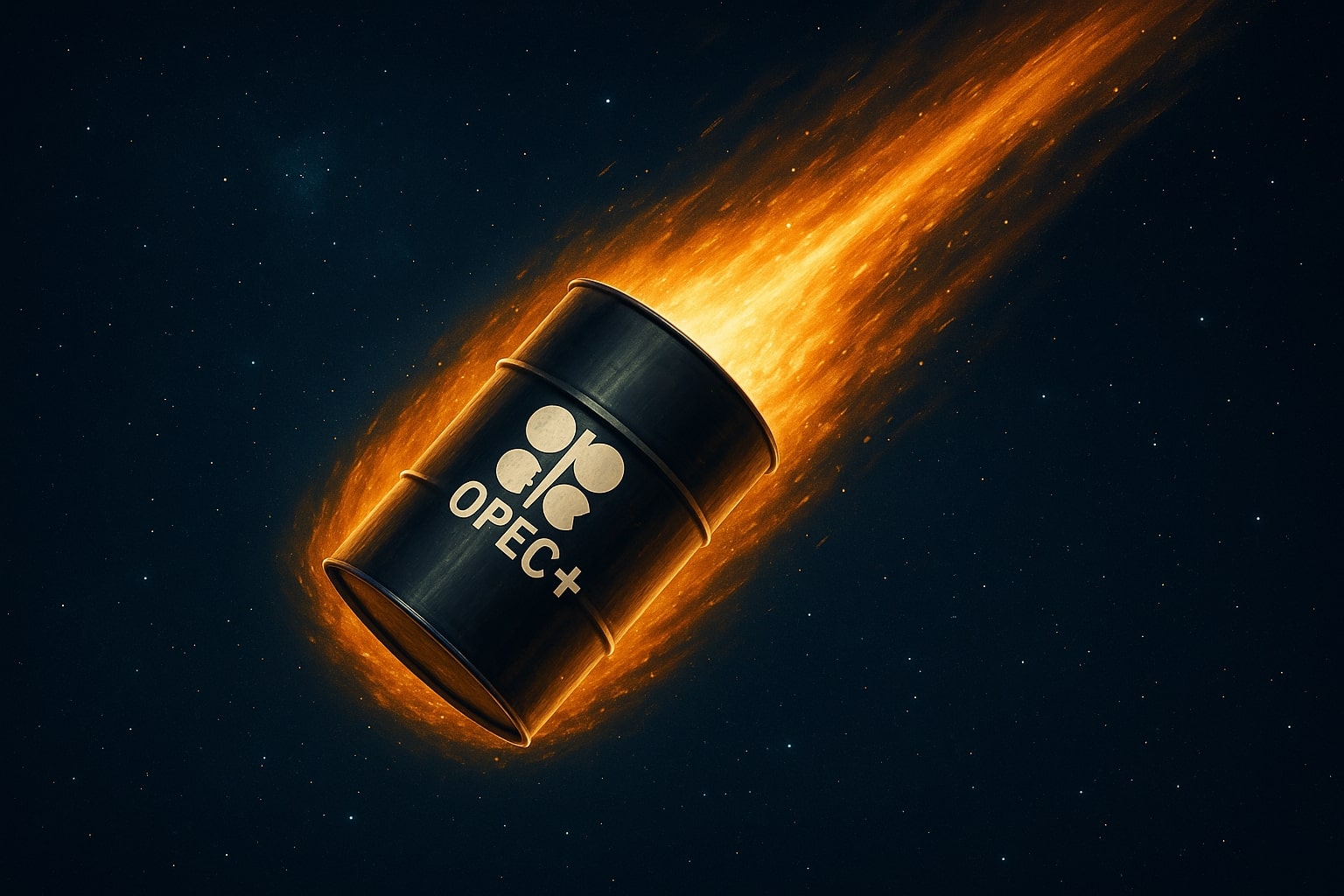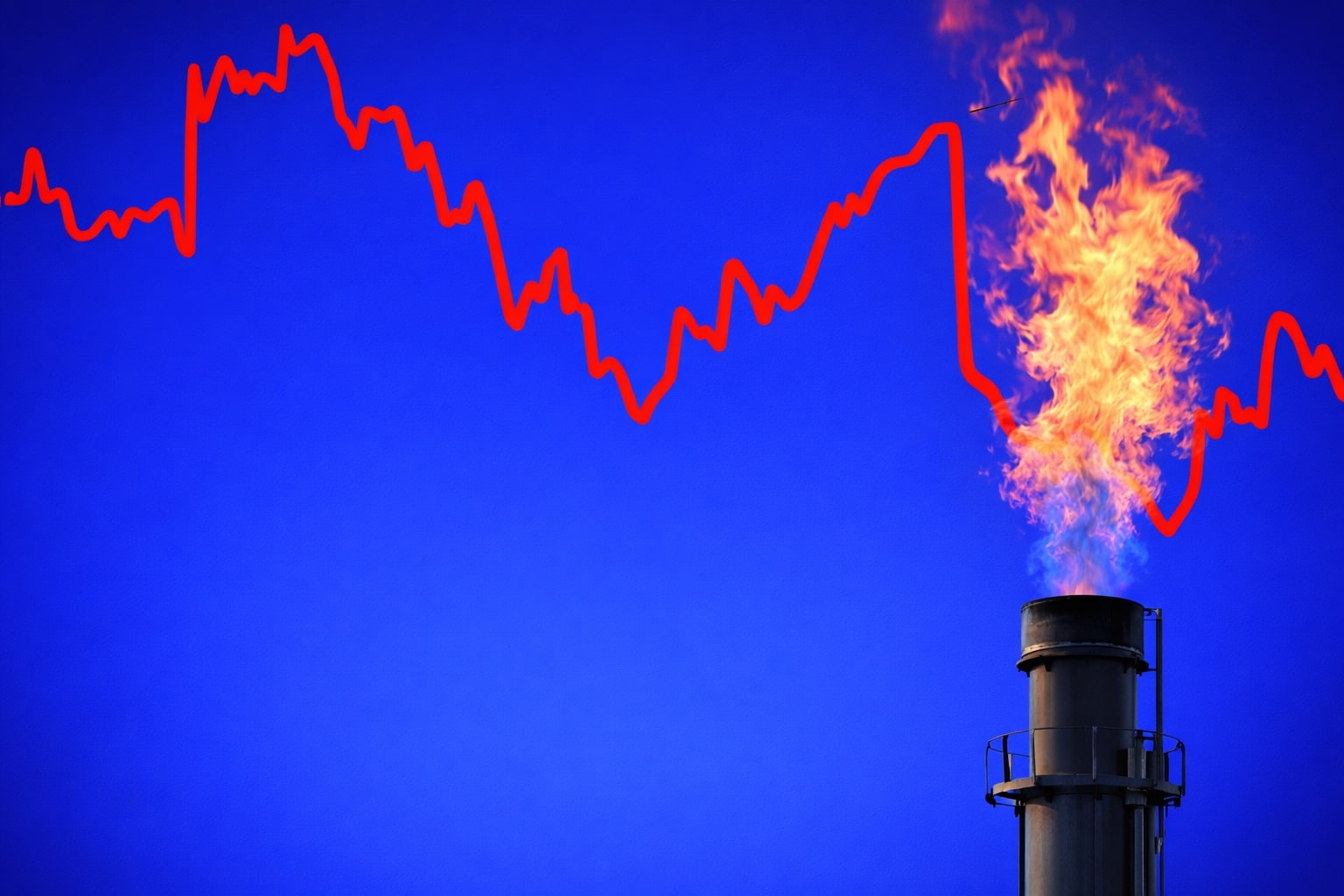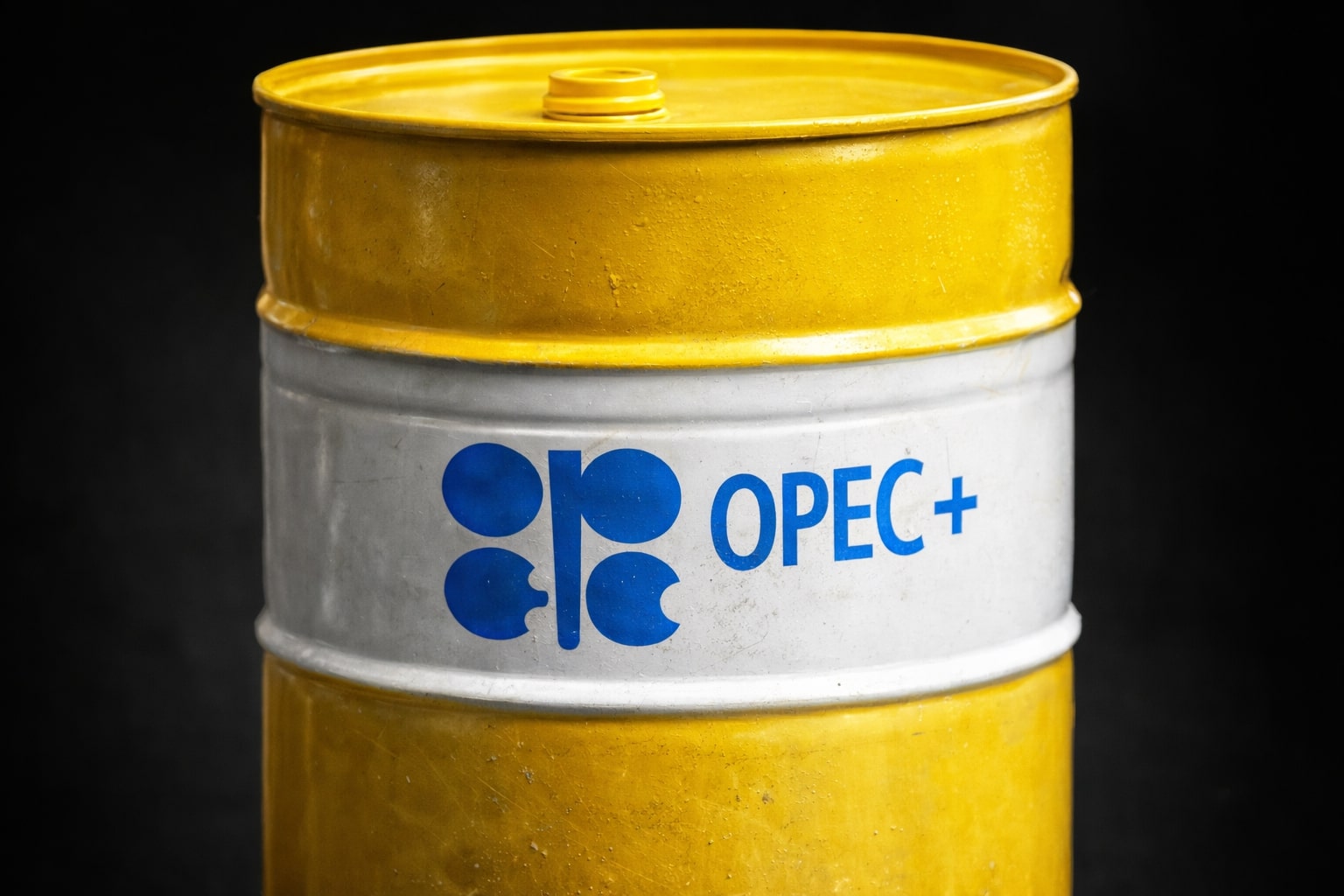
Oil Prices Stabilize Near $66–$68 as OPEC+ Floods Market and Iran Risk Premium Returns
WTI (CL=F) and Brent (BZ=F) consolidate near resistance as 411,000 bpd OPEC+ hike, rising U.S. crude stockpiles, and Iranian nuclear tension unsettle short-term direction. Demand and SPR trends diverge sharply | That's TradingNEWS
Oil Prices Test Resistance as CL=F and BZ=F React to Supply Glut, Geopolitical Strain, and Demand Anomalies
OPEC+ Output Surge and Surplus Warning Reprice CL=F Dynamics
West Texas Intermediate (CL=F) and Brent (BZ=F) are trading near critical resistance bands of $66.11 and $67.73 per barrel respectively, as OPEC+ presses forward with a 411,000 bpd output hike, fueling expectations of an oversupplied market by Q4. ING now projects the market to swing into a significant surplus, reversing months of tightness caused by the 2.2 million bpd cuts from 2022. The return of barrels, originally scheduled through 2026, is now frontloaded into Q3 2025, signaling a sharp supply recalibration. The Saudi export increase of 450,000 bpd in June—its largest in over a year—reinforces this pivot. Despite the hawkish tone, total OPEC+ shipments are only modestly above March levels, with summer heat expected to absorb part of the surplus through higher regional consumption.
Crude Inventory Shock and Gasoline Demand Collapse Add to CL=F Volatility
EIA data confirmed a +3.8 million barrel build in U.S. commercial crude stocks last week, lifting inventories to 419 million barrels, still 9% below the 5-year average. API data had already warned of a 680,000-barrel build, but consensus had expected a 1.8 million-barrel draw. The miss compounded pressure on CL=F, even as Brent held above the $67 handle. Gasoline demand plummeted to 8.6 million bpd, raising red flags for summer-season fundamentals. Bob Yawger of Mizuho emphasized that "9 million bpd is the psychological floor for a strong driving season"—and the market is well below that. Total products supplied averaged 20.3 million bpd, down 1.1% YoY, with distillates falling 1.7M barrels and gasoline stockpiles swelling by 4.2M barrels.
Iran Nuclear Escalation and Libya’s Bid Round Inject Political Risk Into BZ=F
Iran’s legislative clampdown on IAEA inspections has revived geopolitical risk premia. Tehran’s demand that future inspections be approved by its Supreme National Security Council escalates tensions with the West, following the Israel-Iran ceasefire. UBS’s Giovanni Staunovo notes this move, while sentiment-driven, has not yet disrupted physical flows—but traders are pricing in premium nonetheless. Libya's first bid round since 2007 has drawn attention from ExxonMobil, Chevron, TotalEnergies, and Eni, with 22 offshore and onshore blocks now open for production-sharing agreements. Libya’s current 1.3–1.4 million bpd output could climb to 2 million bpd within three years if foreign investment materializes—introducing yet another long-term variable into the global crude balance.
India’s Strategic Reserve Build and Indonesia’s Budget Forecast Reflect Mixed Demand Sentiment
India, responsible for 85% of its oil demand via imports, is preparing to scale its Strategic Petroleum Reserve (SPR) from 39 million to 90 days’ worth of consumption, potentially doubling its storage. Current capacity stands at 5.33 million metric tons. The new SPR push—targeting Mangalore, Bikaner, and Bina—adds structural demand to the longer-term outlook. Indonesia, meanwhile, projects an ICP (Indonesia Crude Price) range of $60–$80 for 2026, citing declining global demand and oversupply. Their average crude price in May was $62.75, slipping further to $59.33 in June. This divergence between Southeast Asian planning conservatism and Indian accumulation highlights regional fragmentation in demand narratives.
Technical Structures Tighten as Oil Consolidates Below Breakout
WTI has been consolidating above the prior resistance band of $66, refusing to break lower despite bearish data, signaling underlying accumulation strength. Brent is hovering at $67.73, but the key pivot remains $69.05—a breakout here would invalidate near-term bearishness and target the $71–$72 zone. Analysts point to repeated tests of the 50-day EMA, with momentum oscillators flattening rather than deteriorating, showing that bears are failing to extend downside. Market stability after a violent spike post-Middle East chaos suggests digestion of headline risk, not a reversal of trend.
Buy/Sell/Hold Verdict for Oil (CL=F/BZ=F): Speculative Buy With Tight Stop
While data tilts bearish in the short term—via gasoline softness and stockpile builds—the resilience of CL=F and BZ=F above technical floors, combined with Iran premium and SPR demand tailwinds, argues for a speculative long bias with stops just below $65 (WTI) and $66 (Brent). Supply increases from OPEC+ and Libya must be watched closely, but are largely priced in. Price response—not headline shock—should dictate positioning. Oil remains a speculative Buy near $66, with breakout triggers at $69.05 and stop-loss at $64.60.
That's TradingNEWS
Read More
-
SPYI ETF at $52.59: 11.7% Yield, 94% ROC and Near S&P 500 Returns
04.01.2026 · TradingNEWS ArchiveStocks
-
XRPI and XRPR Rally as XRP-USD Defends $2.00 on $1.2B XRP ETF Inflows
04.01.2026 · TradingNEWS ArchiveCrypto
-
Natural Gas Price Forecast: NG=F Eyes $4.30 if Storage Draws Tighten
04.01.2026 · TradingNEWS ArchiveCommodities
-
USD/JPY Price Forecast - USDJPY=X at 156.91: 157.75 Breakout Sets 160 Target as Fed Jobs Week Tests The Dollar
04.01.2026 · TradingNEWS ArchiveForex



















